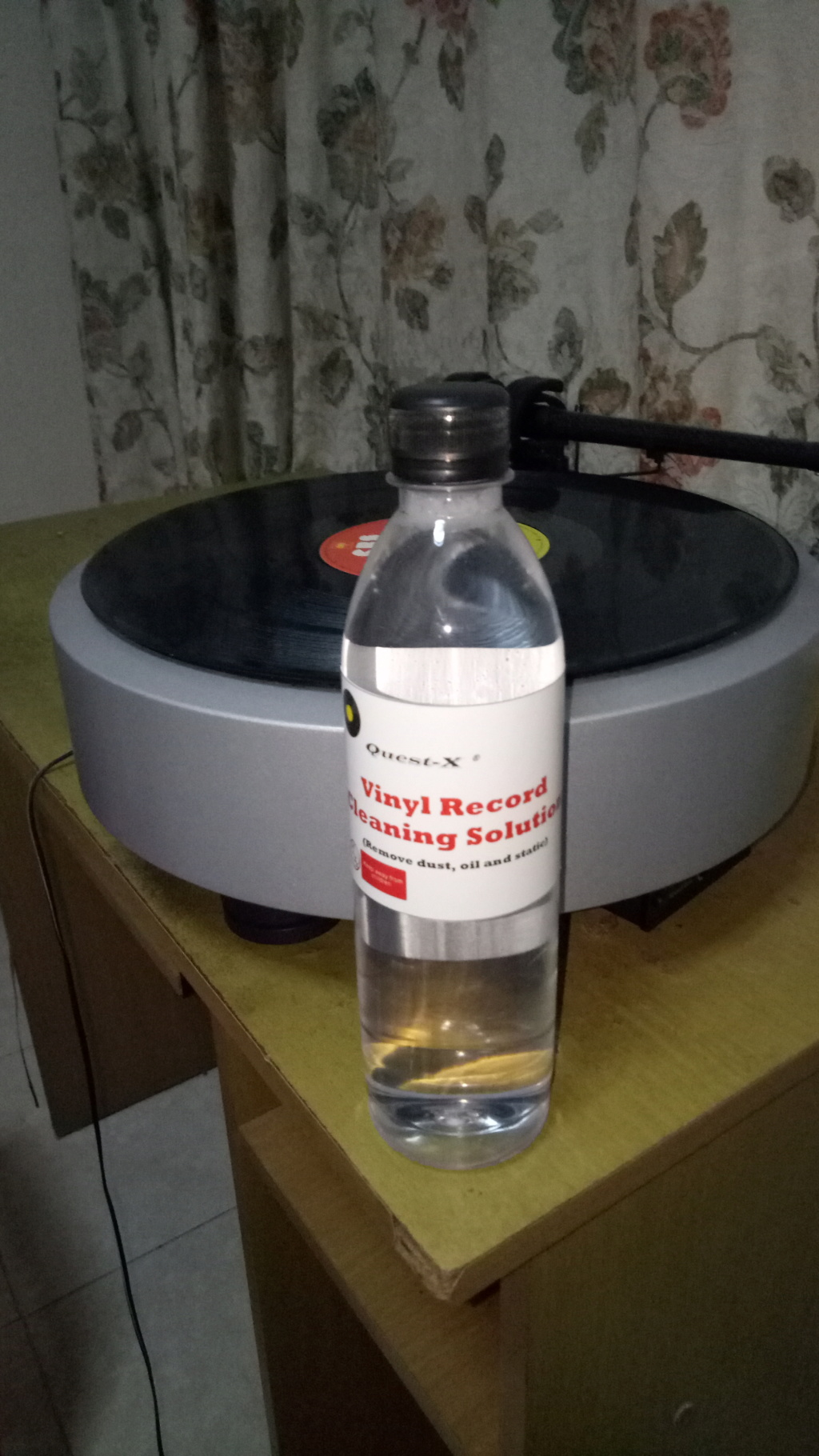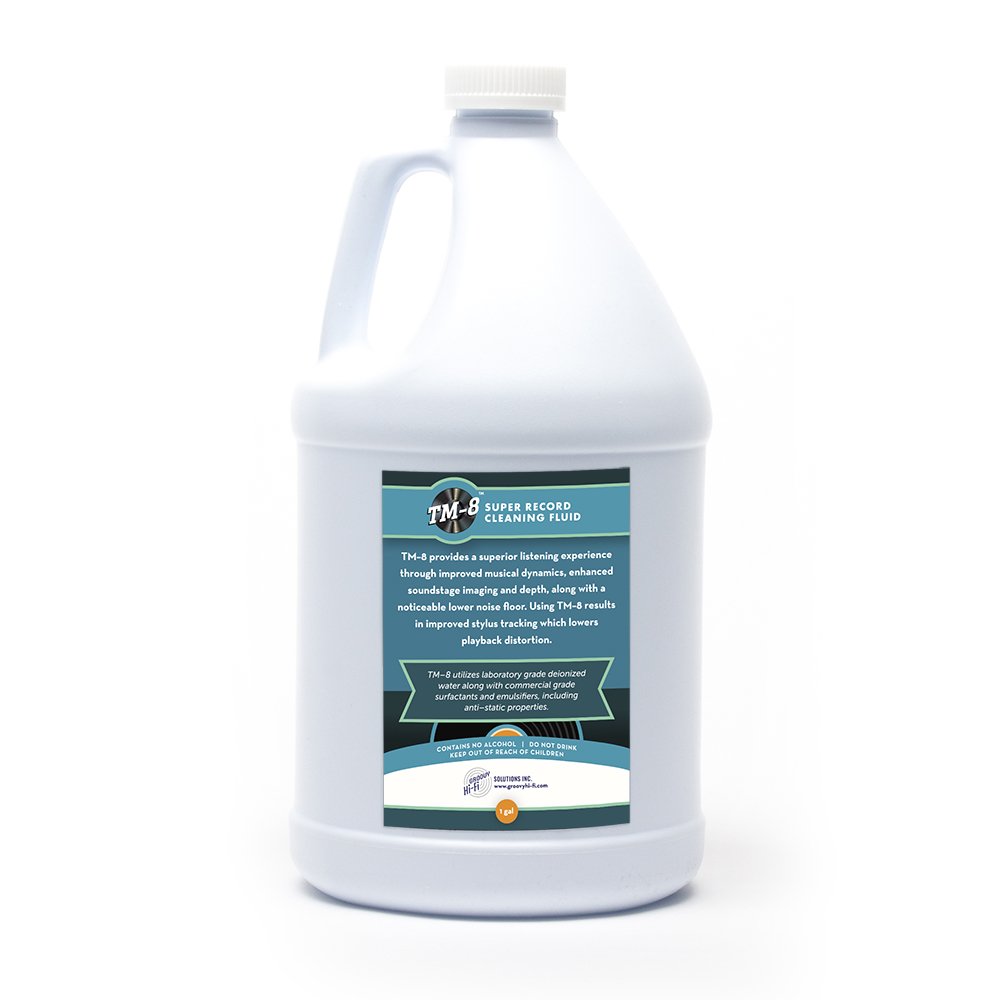

Might be a fun exercise, but practically speaking, for me, since I'm quite happy with the results I'm getting using distilled water, I'm going to stick with that for now.

And if this is attempted by first cleaning the record with just distilled water, listening, then cleaning it again with surfactant added, and listening again, you'd have to have a control of that same record (or equivalent) cleaned twice without surfactant added for the second cleaning to rule out the possibility that the second cleaning alone is accounting for the improved sound. First, you'd have to be able to demonstrate that the same (or equivalent, which would be sooo difficult to be sure of) record cleaned with surfactant sounded better than that record (or equivalent) cleaned without surfactant. Not to mention that from a 'research' standpoint, the setup for an objective and decisive conclusion would be rather complex. And I'll report back once I get my Zerostat 3 about whether this eliminates the wee bit of crackle I get on occasion.

Photocatalytic oxidation of benzyl alcohol by molecular oxygen became quick when high-power LED irradiation was employed.Click to expand.Not to mention that from a 'research' standpoint, the setup for an objective and decisive conclusion would be rather complex. We also applied flow technologies for photo-bromination and chlorination of C–H bonds. Photo-induced reductive 5-exo-dig radical cyclization and reduction of alkenyl halides proceeded smoothly, thanks to the combination of a photo flow reactor and low-pressure Hg lamp. Photo-redox-catalyzed alkene alkylation proceeded within a shortened reaction time when the same photo flow reactor and white LED were used instead of a batch reactor. We used a photo-flow set-up, consisting of stainless steel engraved microchannels covered by a quartz top (MiChS L-1) and a sodium lamp, for the isomerization of a fulleroid to PCBM. However, the energy profile of these reactions was improved further by the use of LED lights. Again the use of blacklight was successful. Then we examined Barton nitrite reaction using a photo flow reactor consisting of stainless-steel channels and a quartz glass top provided by DNS.
Photoflow liquid for cleaning records update#
We started with the flow update of traditional cycloaddition using Mikroglas Dwell device as a flow reactor and a compact light source, such as blacklight, instead of a high-pressure mercury lamp. In this article, we discuss how effective photo-induced organic reactions became when applied evolving photo flow technologies through our experiences over these two last decades.


 0 kommentar(er)
0 kommentar(er)
